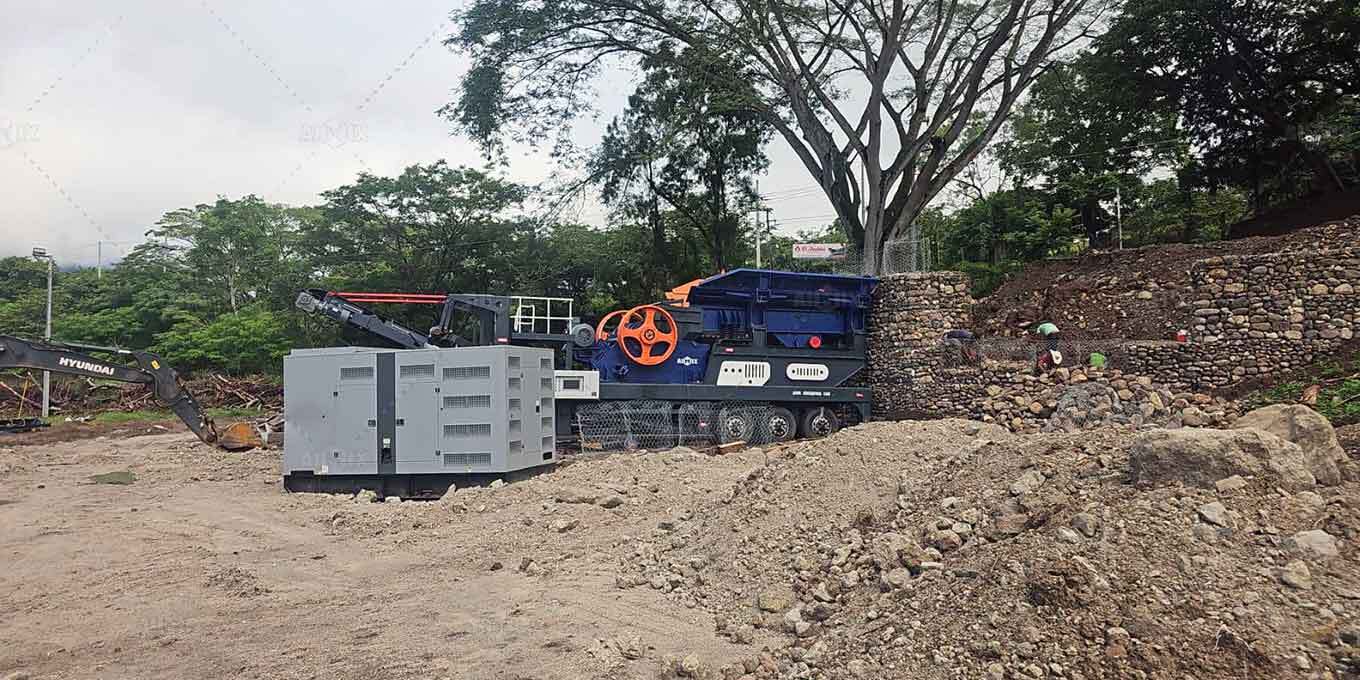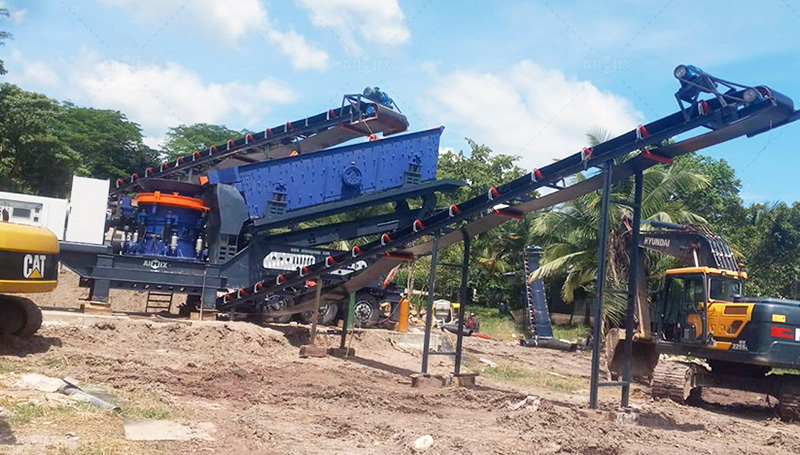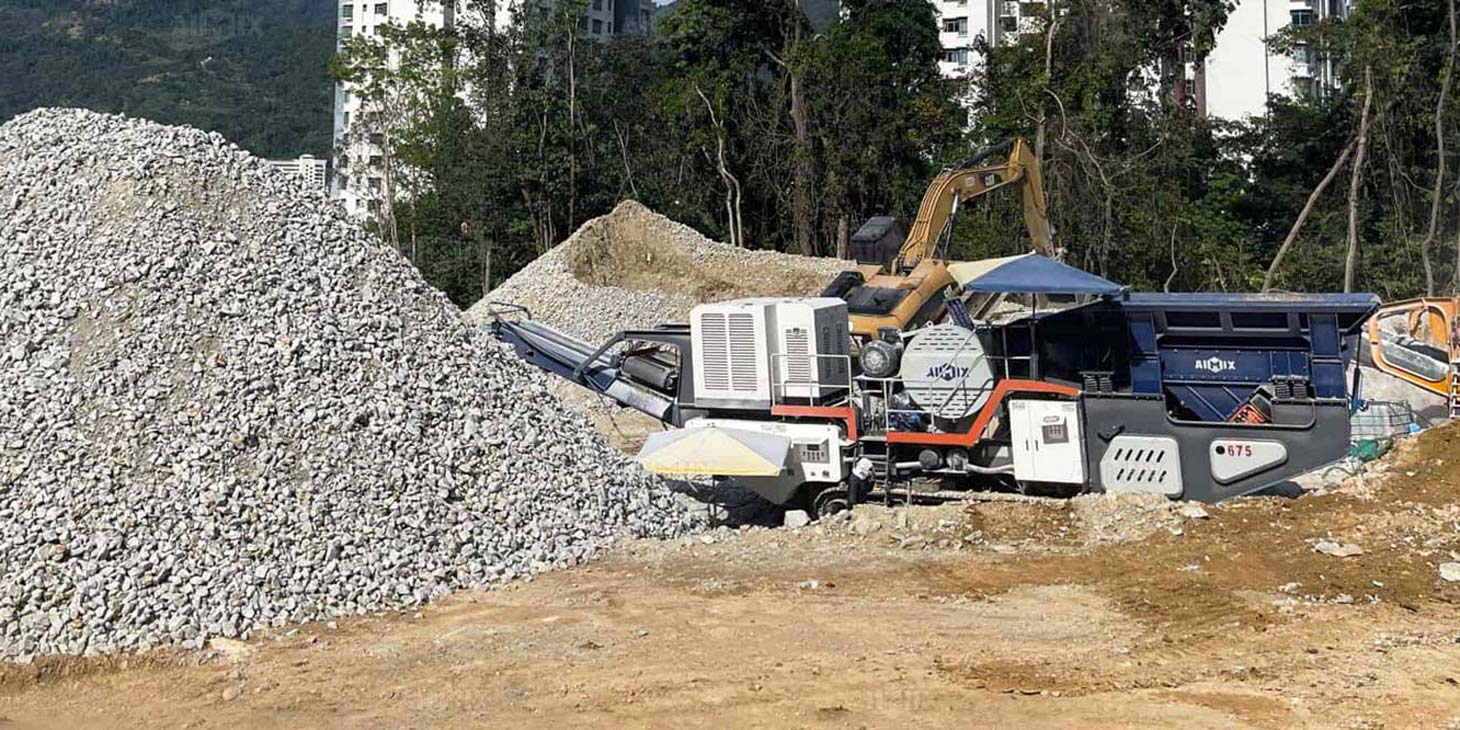Crushing granite into usable materials is a multi-faceted process that demands precision, expertise, and a thorough understanding of various operational stages. This guide will delve deeper into each step of granite quarrying and processing, enhancing your knowledge of how granite is transformed from raw material into high-quality aggregates suitable for a variety of applications.
Understanding Granite Quarrying and Extraction
The journey of granite from the earth to construction sites begins with granite quarry crushing, which is a meticulous process. The first step involves geological surveys and analysis to identify suitable granite deposits. This stage is crucial, as the quality and characteristics of the granite will significantly impact the final products.
Once a viable deposit is located, extraction begins. Quarrying operations employ specialized equipment to extract large blocks of granite from the earth. Tools such as diamond wire saws and high-capacity excavators are essential in this phase. Diamond wire saws, in particular, are favored due to their efficiency and ability to make precise cuts, minimizing waste and maximizing yield. The blocks extracted are typically of substantial size, and they are cut into manageable pieces for subsequent processing.

The Role of Technology in Extraction
Modern quarrying operations often integrate advanced technologies, such as GPS and drones, to enhance efficiency. Drones can provide aerial surveys of the quarry, allowing operators to plan their extraction strategy more effectively. This technology reduces time spent on survey work and increases the accuracy of the data used for decision-making.
Processing and Primary Crushing
Once the granite blocks are extracted, they undergo a primary crushing process. This phase is critical as it breaks the large blocks into smaller, more manageable sizes that can be transported to processing plants. Primary crushing is accomplished using equipment like jaw crusher machines, gyratory crushers, or impact crushers. Each of these machines has unique features that make them suitable for specific applications.
Jaw Crushers
Jaw crushers are ideal for the primary stage due to their ability to handle large rocks and produce a uniform size. They operate on a simple principle: two jaws, one stationary and one movable, crush the granite when they come together. This method is efficient for producing coarse aggregates and is commonly used in the initial phase of granite processing.
Gyratory Crushers
Gyratory crushers, on the other hand, are designed to handle larger capacities and are typically used in larger operations. They consist of a conical shape that crushes the material against a fixed outer surface. This type of crusher is particularly effective for producing a high volume of crushed granite.
Impact Crushers
Impact crushers are another option for primary crushing. They work by utilizing high-speed impact forces to break down the granite. This method is beneficial for producing aggregates with a more cubical shape, which can be advantageous in concrete applications.

Secondary and Tertiary Crushing
After the primary crushing phase, the granite is further processed through secondary and tertiary crushing stages. These stages are crucial for refining the crushed material to meet specific size requirements and quality standards.
Secondary Crushing
Secondary crushing typically involves the use of cone crushers or additional impact crushers. These machines are designed to reduce the size of the granite further, often targeting a range that is more suitable for various applications. Cone crushers for sale, in particular, are effective at producing consistently sized aggregate, making them a popular choice in this phase.
Tertiary Crushing
The tertiary stage takes the process one step further, refining the material into even finer sizes. This is where vertical shaft impactors (VSIs) may come into play, offering enhanced control over the final product’s granulation. Tertiary crushers focus on achieving a high-quality end product, often required for specialized applications like asphalt or high-grade concrete.
Screening and Grading
Once the granite has been crushed to the desired size, it undergoes screening. This step is essential for classifying the crushed granite into various grades based on size. Proper screening ensures that the final products meet the specifications required for different applications.
Screening Equipment
Screening equipment, such as vibrating screens or trommel screens, is employed for this process. Vibrating screens use a combination of vibration and gravity to separate materials, while trommel screens utilize a rotating cylindrical design to classify aggregates. The efficiency of the screening process directly affects the quality of the final product, making it a critical stage in granite processing.
Importance of Grading
Grading the crushed granite is vital as different applications require different sizes. For instance, concrete aggregate typically needs finer particles, while landscaping materials may require larger stones. Accurate grading ensures that each product meets the specific requirements of its intended use.
Final Processing and Storage
After crushing and screening, the processed granite aggregates are ready for final processing. This stage may include washing, drying, or additional crushing to achieve specific characteristics desired for various applications.
Additional Processing Steps
Washing is often necessary to remove dust, dirt, and impurities from the aggregates. This step improves the quality of the final product, especially for applications in concrete where cleanliness is paramount. Drying may also be required, particularly in regions with high moisture content, to ensure that the aggregates perform well in their intended uses.
Storage Solutions
Once the final products are processed, they are stored in stockpiles or silos. Effective storage solutions are essential for maintaining the quality of the aggregates and ensuring efficient distribution to customers or construction sites. Proper inventory management allows for quick retrieval and delivery, facilitating smooth operations.

Conclusion
The process of crushing granite into usable materials is a systematic and intricate operation that encompasses several stages, from quarrying and extraction to final processing and storage. Each step demands specialized equipment and expertise to ensure efficiency, quality, and consistency in the production of high-quality granite aggregates.
By understanding the detailed processes outlined above, stakeholders in the construction and mining industries can optimize their operations, resulting in materials that meet the stringent requirements of modern construction projects. Continuous advancements in technology and equipment will further enhance the efficiency and sustainability of granite processing, contributing to the industry’s growth and innovation.
For those looking to invest in granite crusher machine or seek assistance in optimizing their granite processing operations, consider reaching out to specialized providers like AIMIX Group, who offer a wide range of equipment tailored for various crushing stages.